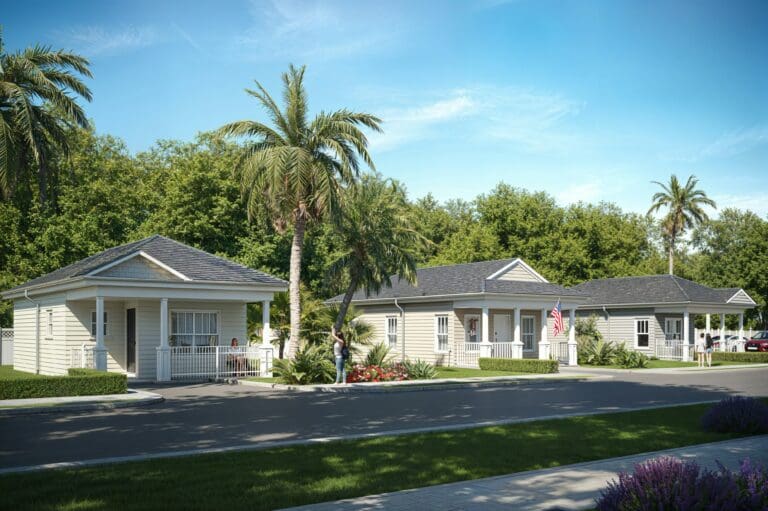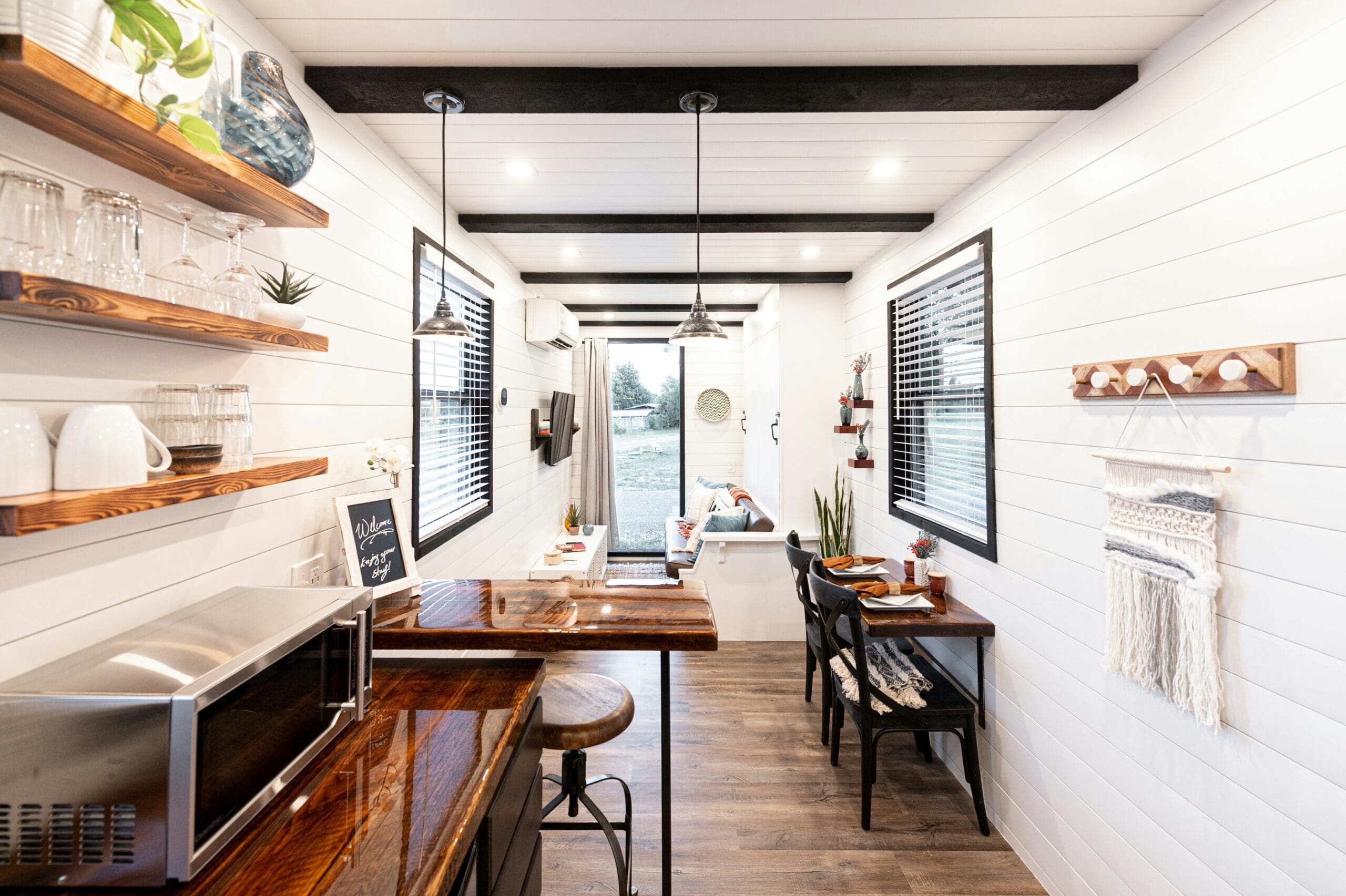Tiny homes have captured the imagination of homeowners and dreamers across the United States. Florida, with its warm climate and enthusiastic embrace of new housing alternatives, has become a vibrant hotspot for these compact dwellings. Far from being a fleeting fad, tiny homes in the Sunshine State are rooted in cultural, economic, and environmental factors that make them a compelling choice for many people.
The Cultural Shift Toward Simplified Living
Studies suggest that Americans spend a significant portion of their income on housing each year. In Florida’s urban areas, rising rents and mortgage costs have driven some residents to explore alternative living options.
Tiny homes offer an opportunity to simplify life, focusing on experiences rather than possessions. Florida, as a state known for its leisure culture, beaches, and outdoor activities, aligns with these priorities.
Many residents are embracing the chance to downsize, free up resources for travel, or reduce the responsibilities and costs associated with larger properties. This cultural shift away from accumulating material goods, in favor of living more intentionally, has propelled the tiny home movement forward.
Economic Factors Fueling Tiny Homes
Florida’s real estate market consistently ranks among the most dynamic in the country. With population growth outpacing the national average, demand for affordable housing is both high and increasingly competitive. High property prices in popular areas can make conventional homeownership unattainable for many.
Tiny homes and Accessory Dwelling Units (ADUs) provide a potential solution by offering lower construction and maintenance costs. The upfront investment is often significantly less than a conventional house, making tiny homes appealing to first-time buyers, empty-nesters looking to downsize, or anyone who wants to own property without a massive mortgage.
Many Floridians also realize that by building an ADU or tiny home on existing land, they can generate rental income or create guest accommodations without the complexities of a large-scale construction project.
Environmental Benefits of Going Tiny
Alongside economic advantages, tiny homes can have a smaller carbon footprint. With compact living areas, owners often consume fewer resources—less water, lower energy usage, and reduced building materials. Florida’s environmental challenges, including rising sea levels and fragile coastal ecosystems, highlight the need for sustainable living solutions.
Specific design choices in tiny homes make them especially well-suited to the Florida climate. For instance, some owners equip their homes with solar panels to harness the state’s abundant sunshine. Others install water-saving fixtures to address concerns about supply and consumption. As a result, these dwellings can serve as examples of how to build responsibly amid environmental uncertainties.
Challenges Facing the Tiny Home Community
Despite growing interest, the road to fully embracing tiny homes in Florida is not without obstacles. Zoning regulations and building codes can vary widely from one municipality to another, making it challenging for potential tiny home dwellers to navigate the approval process. In some cases, minimum square footage requirements or restrictions on permanent foundations can hamper tiny home placements on existing lots.
Additionally, local homeowner associations (HOAs) in some Florida neighborhoods can have strict guidelines, inadvertently excluding tiny homes. Such rules often stem from concerns about neighborhood aesthetics or potential impacts on property values. However, as more Floridians recognize the value of innovative housing solutions, local governments and organizations have started reevaluating outdated regulations to better accommodate tiny homes and ADUs.
Spotlight on Broward and Palm Beach County
Broward and Palm Beach County in South Florida have shown particular promise for tiny homes. High population density, limited land availability, and increased housing demands create a natural market for smaller, more efficient residences. While prospective owners still need to consider local codes and compliance regulations, the region’s openness to new building styles positions it as an ideal area for tiny home development.
Here at One and Only Tiny Homes, we specialize in constructing functional, attractive tiny homes and ADUs for homeowners across Broward and Palm Beach County. Whether you’re looking to downsize, create an office or guest suite, or add a source of income to your existing property, our team has the expertise to guide you through the process. We understand the local landscape and can offer insights into how to best position your tiny home ideas for success.
Embracing Possibilities and Looking Ahead
Florida’s unique blend of cultural openness, economic opportunity, and environmental awareness has contributed to a thriving tiny home movement that shows little sign of slowing down. As zoning regulations continue to evolve, more communities will likely encourage or permit these innovative housing solutions. The potential for residents to enjoy cost savings, environmental benefits, and newfound flexibility may well redefine how we view homeownership in the Sunshine State.
In many ways, tiny homes stand as a reflection of what Floridians value: outdoor living, a laid-back lifestyle, and the freedom to make the most of each day. By choosing smaller living spaces, residents often end up with a bigger life—rich in experiences, savings, and a closer connection to the environment around them.
Ready to Explore Tiny Living?
If you’re inspired to learn more about building a tiny home or ADU in Broward or Palm Beach County, contact us today. One and Only Tiny Homes is dedicated to guiding you through every phase of the planning and building process, ensuring your tiny home dreams can become a reality. We also invite you to explore our other services to discover the full range of possibilities for crafting your own compact haven under the Florida sun.


